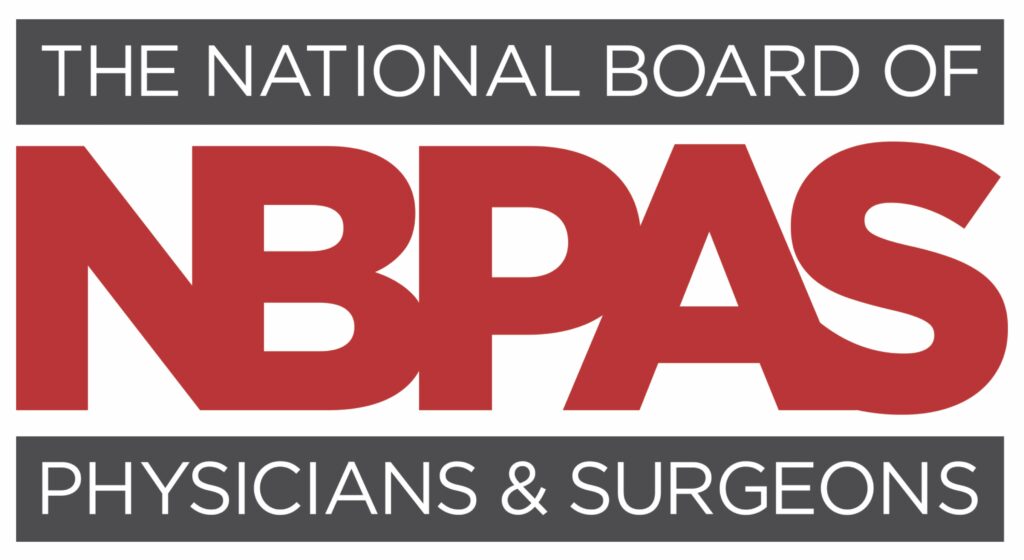
Women’s intimate health has long been a topic shrouded in misconception and misinformation. Many women hesitate to explore intimate health treatments due to persistent myths about their purpose, safety, and effectiveness. As medical science advances and conversations around women’s wellness become more open, it’s important to address these misconceptions head-on.
Let’s examine eight common myths about women’s intimate health treatments to better understand the purpose behind them and help women make informed decisions about their bodies and wellness.
Myth 1: They Are Purely Cosmetic
One of the most persistent myths about women’s intimate health treatments is that they serve purely aesthetic purposes. In reality, many of these procedures address genuine functional concerns that affect quality of life.
While some treatments may have cosmetic benefits, the primary purpose of many intimate health procedures is to address medical issues. Vaginal rejuvenation, for instance, can help with urinary incontinence, which affects a large percentage of women at some point in their lives. Certain intimate health treatments and procedures are designed to restore vaginal tissue health, improve lubrication, and alleviate pain during intercourse.
These medical issues can significantly impact a woman’s quality of life, which is why many who seek these treatments often do so primarily for symptom relief rather than aesthetic improvement.
Myth 2: They Are Only for Older Women
Another common misconception is that intimate health treatments are exclusively for post-menopausal women. While it’s true that many older women benefit from these procedures due to age-related changes, younger women may also have valid reasons to seek treatment.
Women of various ages experience intimate health concerns for different reasons:
- Younger women may face issues following childbirth, such as vaginal laxity or stress incontinence.
- Athletes might experience pelvic floor weakening regardless of age.
- Women who have undergone cancer treatments may experience premature vaginal atrophy.
- Those with certain medical conditions may deal with chronic vaginal dryness or discomfort.
Modern intimate health procedures are designed to address specific symptoms rather than targeting a particular age group. The ideal candidate is determined by symptoms and health status, not by age. Many clinics report treating women across a wide age spectrum, from their 20s through their 70s, each with unique concerns requiring individualized approaches.
Myth 3: The Procedures Are Unsafe
Safety concerns often prevent women from exploring beneficial treatments. However, when performed by qualified medical professionals, most intimate health procedures have excellent safety profiles.
Today’s intimate health treatments typically fall into several categories:
- Energy-based treatments (laser, radiofrequency)
- Hormone therapies
- Surgical options
- Injectable treatments
Non-surgical vaginal rejuvenation options like laser and radiofrequency treatments have been used for years with minimal complications when properly administered. The FDA has cleared several devices specifically for vaginal applications, though it’s important to note that patients should always ensure their provider is using approved devices for their intended purpose.

Myth 4: Recovery Is Incredibly Long and Challenging
Many women avoid seeking treatment due to concerns about difficult recovery periods. In reality, most modern intimate health treatments involve minimal downtime and discomfort.
Non-surgical treatments like radiofrequency and laser therapies typically require little to no recovery time. Most patients return to normal activities immediately or within 24 hours, though they may be advised to avoid sexual activity for a brief period.
Even surgical procedures have become less invasive, with many performed on an outpatient basis with recovery periods of days rather than weeks.
Myth 5: Results Are Immediate and Permanent
Some women expect instant, permanent results from intimate health treatments. This can lead to disappointment when outcomes don’t meet these unrealistic expectations.
The reality is that results typically develop gradually:
- Energy-based treatments often require multiple sessions for optimal results.
- Improvements continue to develop over weeks or months as collagen remodeling occurs.
- Hormone therapies may take several weeks to achieve full effect.
- Results require maintenance treatments to sustain benefits long-term.
While some women notice immediate improvements in certain symptoms, the full benefits typically emerge over time.
Additionally, no treatment offers truly permanent results as the natural aging process continues. Many patients benefit from periodic maintenance treatments, typically once or twice yearly, to sustain their improvements. Setting realistic expectations about treatment timelines and longevity is essential for patient satisfaction.
Myth 6: They Are a Solution to Sexual Dysfunction
One of the concerning myths about women’s intimate health treatments is that they automatically resolve sexual dysfunction. While these interventions may address physical contributors to sexual concerns, they are not comprehensive solutions to complex sexual issues.
At Mirabile M.D., we take a holistic approach to women’s intimate health. While treatments like FormaV can effectively address physical issues such as poor vaginal lubrication during intercourse, discomfort or pain with intercourse, and impaired sexual function, we recognize that sexual well-being involves multiple factors.
Sexual function involves a complex interplay between physical, psychological, emotional, and relationship factors. A treatment that addresses vaginal dryness and tissue health may improve comfort during intimacy but won’t necessarily address issues related to desire, arousal, or relationship dynamics.
Women experiencing sexual dysfunction benefit most from a thorough evaluation to identify all contributing factors, followed by a customized treatment plan that may include, but is not limited to, intimate health procedures.
Myth 7: They Compromise Sensation and Sexual Pleasure
Some women fear that intimate health treatments may reduce sensation or compromise sexual pleasure. This myth likely stems from misunderstandings about how these procedures work.
Modern techniques are specifically designed to preserve or even enhance nerve function and sensory response. Energy-based treatments target tissue regeneration without damaging nerve pathways. Surgical procedures performed by specialists trained in female sexual medicine prioritize preserving neurovascular structures critical for sensation. In fact, many women report improved sexual satisfaction following treatment, as issues like pain, dryness, or discomfort are resolved.
When considering any procedure, discussing concerns about sexual function with your provider is essential. A qualified specialist will explain how the specific treatment might affect sensation and what measures will be taken to preserve sexual function.
Myth 8: They Are an Unnecessary Luxury
Perhaps the most damaging myth is that women’s intimate health treatments are frivolous luxuries rather than legitimate medical interventions.
Issues like urinary incontinence, painful intercourse, or vaginal atrophy can significantly impact the quality of life, affecting everything from physical activity to intimate relationships and mental health. Addressing these concerns isn’t about indulgence; it’s about treating conditions that affect fundamental aspects of well-being.
Women’s intimate health treatments address legitimate medical concerns and can significantly improve quality of life when properly administered by qualified professionals. By dispelling these common myths, we hope to encourage more open, informed discussions between women and their healthcare providers.
At Mirabile M.D. Beauty, Health & Wellness, Dr. James Mirabile and his team of experienced healthcare professionals are committed to providing women with advanced, non-surgical solutions for intimate health concerns. With treatments like VTone, FormaV, and Morpheus8V, we help women address issues that affect their daily comfort, confidence, and quality of life.
If you’re considering any intimate health treatment, we invite you to schedule a consultation with Dr. Mirabile or one of our specialists, who can provide personalized guidance based on your specific needs and concerns. Contact us today.

